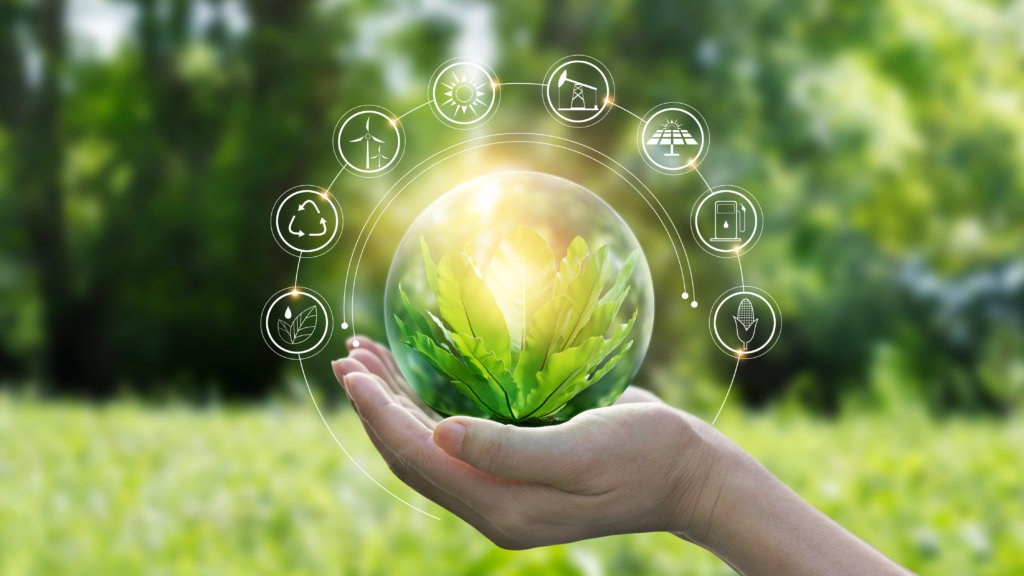The ICT sector relies heavily on energy-intensive fixed and mobile network infrastructures and data centers that generate a significant amount of CO2 emissions. This is not only an environmental issue but also a business concern with rising energy costs. To address the impact of climate change, TIM initiated a program in 2020 to gradually decarbonize the supply chain activities, improve the energy efficiency of assets, increase the deployment of renewable energy sources, and promote circular models to reduce waste and optimize resources.
In 2022, two new targets were added to the ESG Plan to further reduce greenhouse gas emissions: a 47% decrease in Scope 3 upstream and downstream emissions by 2030, and net zero emissions (Scope 1+2+3) by 2040. This climate strategy was validated by the Science Based Targets initiative (SBTi) in 2022, which confirmed its alignment with the Paris Agreement’s goal of limiting global warming to 1.5°C. In addition, circular economy and green product targets were included to reduce waste and encourage sustainable choices among customers.






